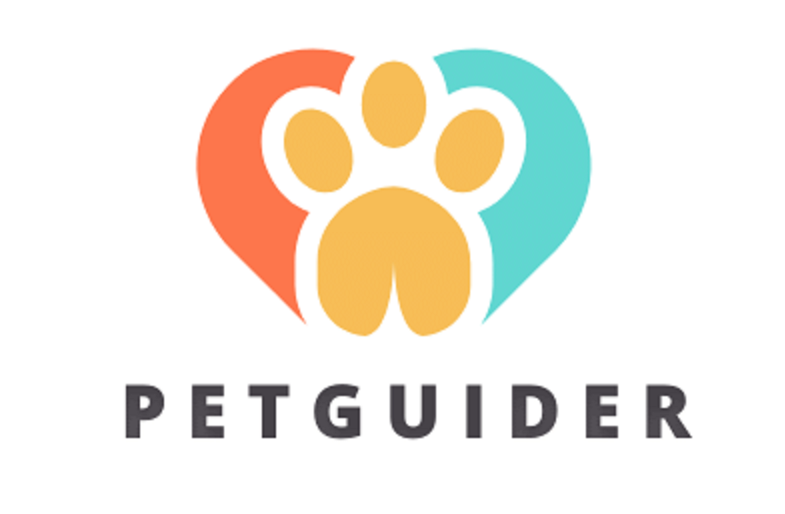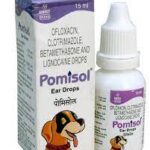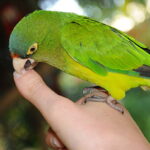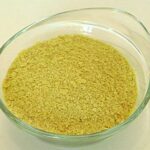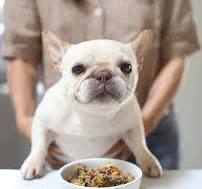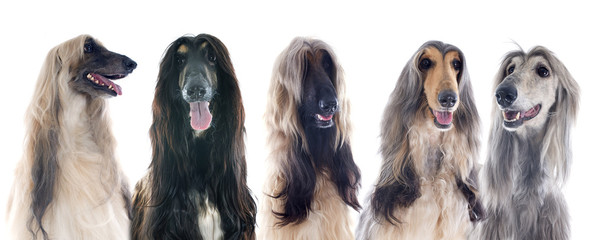Introduction
Dog food is more than just a daily meal for your pet—it’s the foundation of their health, energy, and overall well-being. Just like humans, dogs require a balanced diet rich in essential nutrients to maintain a healthy lifestyle. However, with numerous dog food options available on the market, choosing the right one can feel overwhelming. From dry kibble to raw diets, grain-free formulas to specialty foods, the variety can leave pet owners confused about what’s truly best for their canine companions.
Table of Contents
In this guide, we’ll explore everything you need to know about dog food—from understanding ingredients and nutritional requirements to identifying the best feeding practices for different breeds and life stages.
1. Why the Right Dog Food Matters
The quality of the food you feed your dog directly impacts:
- Overall health—Poor-quality diets can lead to obesity, allergies, and chronic illnesses.
- Energy levels—Balanced meals ensure your dog has enough energy for play and exercise.
- Longevity—Proper nutrition supports a longer, healthier life.
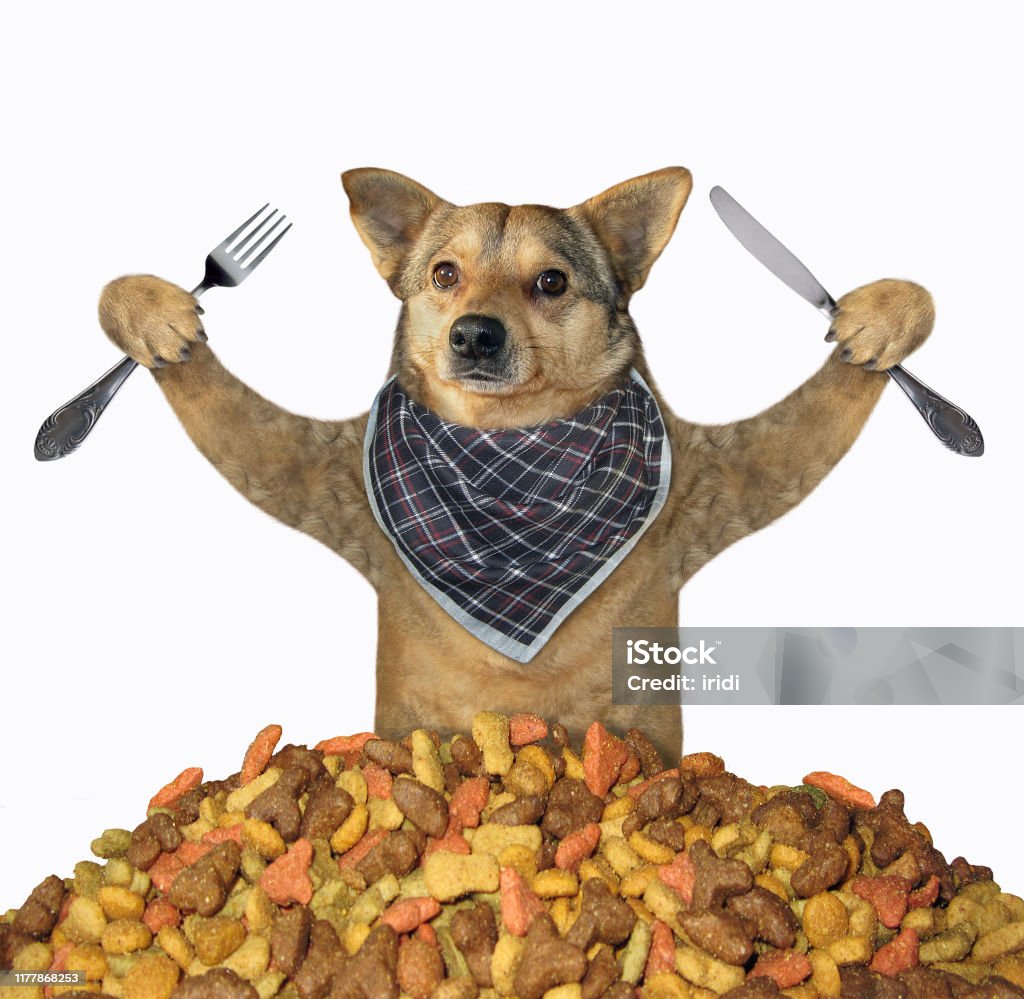
Feeding your dog the right food means preventing health problems before they start and ensuring a happy, active lifestyle.
2. Understanding Dog Nutrition
Dogs are omnivores, meaning they can eat both animal- and plant-based foods. However, they thrive on diets rich in animal proteins and fats, complemented by carbohydrates, vitamins, and minerals.
Key Nutrients in Dog Food:
- Protein – Builds muscles, repairs tissues, and supports a strong immune system.
- Fats—Provide concentrated energy and maintain healthy skin and coat.
- Carbohydrates – Supply energy and aid digestion.
- Vitamins & Minerals—Support bone health, vision, and organ function.
- Water—essential for hydration and regulating body temperature.
The ideal balance depends on your dog’s age, breed, weight, and activity level.
3. Types of Dog Food
a) Dry Kibble
- Long shelf life, affordable, and convenient to store.
- Helps clean teeth through chewing.
- Look for high-quality kibble with real meat as the first ingredient.
b) Wet or Canned Food
- Higher moisture content—great for hydration.
- More appealing taste and texture for picky eaters.
- Usually more expensive than dry kibble.
c) Raw Diet (BARF)
- Mimics the natural diet of wild dogs (raw meat, bones, and organs).
- It can be beneficial for coat health and energy levels.
- Needs careful preparation to avoid bacterial contamination.
d) Freeze-Dried or Dehydrated Food
- Lightweight and easy to store.
- Retains more nutrients than traditional cooking methods.

e) Freshly Cooked Meals
- Often prepared at home or purchased from specialty pet meal companies.
- Allows complete control over ingredients.
4. Grain vs. Grain-Free Diets
Grains like rice, oats, and barley can provide valuable nutrients and energy. However, some dogs are sensitive or allergic to grains, leading to skin irritation or digestive issues.
Grain-Free Diet Benefits:
- Suitable for dogs with grain allergies.
- Often contains alternative carbs like sweet potatoes or peas.
Potential Risks:
- Some studies link grain-free diets to heart conditions in dogs.
- Not necessary unless a vet recommends it.
5. Reading Dog Food Labels
Dog food labels can be tricky, but knowing how to read them helps you make the right choice.
What to Look For:
- Named Protein Source: “Chicken” or “Beef” is better than vague terms like “meat by-product.”
- AAFCO Statement: Ensures the food meets nutritional standards.
- No Artificial Additives: Avoid unnecessary colors, flavors, or preservatives.
6. Feeding Guidelines by Life Stage
Puppies
- Require more calories and protein for growth.
- Feed small, frequent meals (3–4 times a day).
Adult Dogs
- Balanced protein and fat levels to maintain weight.
- Usually 2 meals a day.
Senior Dogs
- Lower calorie intake to prevent obesity.
- Joint-support supplements like glucosamine may be beneficial.
7. Common Dog Food Myths
- Myth 1: Dogs should eat only meat.
Truth: Dogs are omnivores and need a mix of nutrients. - Myth 2: Table scraps are fine.
Truth: Human food can upset your dog’s stomach or be toxic. - Myth 3: All grain-free diets are better.
Truth: Not all dogs need grain-free diets unless prescribed.
8. Foods to Avoid
Certain foods are toxic for dogs and should be avoided entirely:
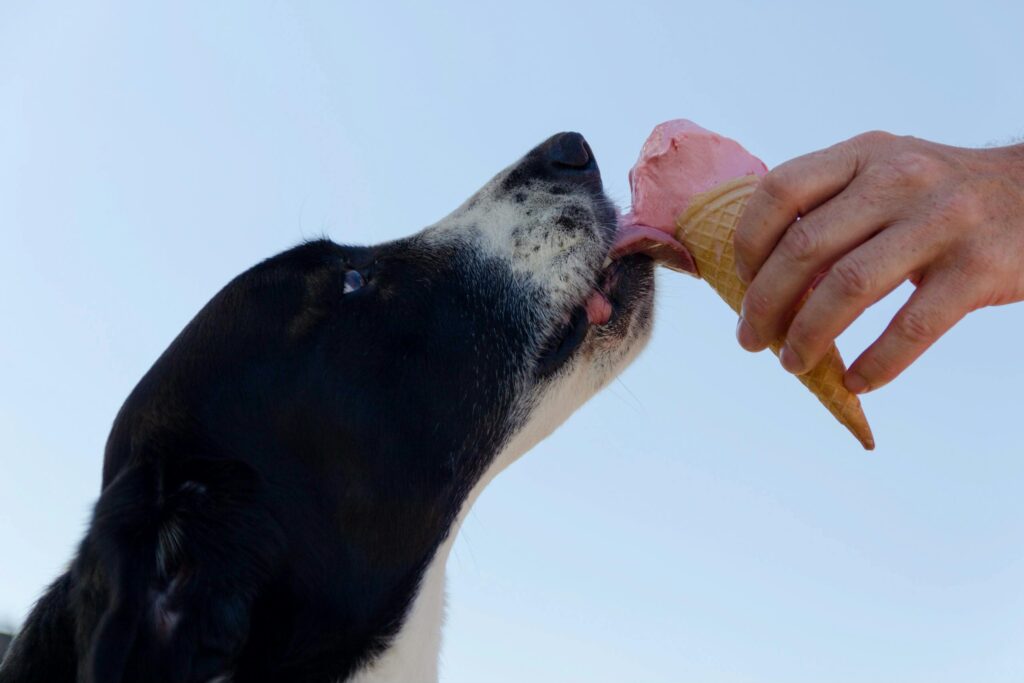
- Chocolate
- Grapes and raisins
- Onions and garlic
- Alcohol
- Caffeine
- Cooked bones (they can splinter and cause injury)
9. Special Diets for Health Issues
Some dogs require tailored diets for medical conditions:
- Allergies – Hypoallergenic dog food or limited ingredient diets.
- Obesity – Low-calorie, high-protein food.
- Kidney disease – Reduced protein and phosphorus levels.
Always consult a vet before switching to a special diet.
10. Tips for Choosing the Best Dog Food
- Consult your veterinarian.
- Look for high-quality ingredients.
- Consider your dog’s age, size, and activity level.
- Avoid fillers like corn and soy.
- Introduce new food gradually to avoid stomach upset.
Conclusion
Feeding your dog isn’t just about filling their bowl—it’s about ensuring they get the best nutrition to live a happy, healthy life. The right dog food supports energy, immunity, and longevity, making it one of the most important decisions you’ll make as a pet owner. By understanding dog nutrition, reading labels carefully, and considering your dog’s unique needs, you can make an informed choice that keeps your furry friend thriving for years to come.
